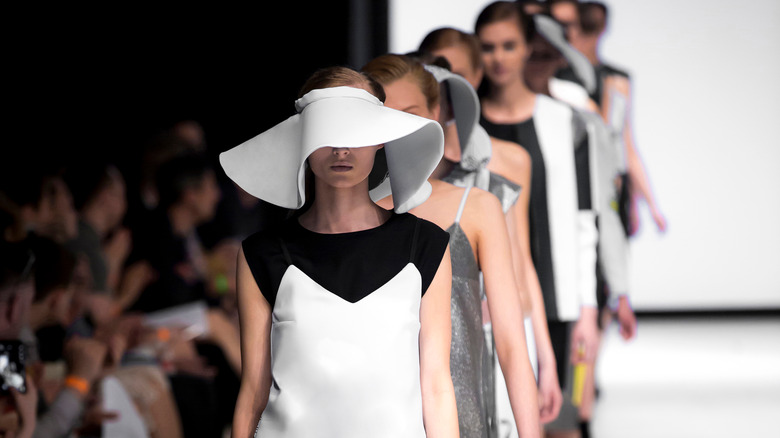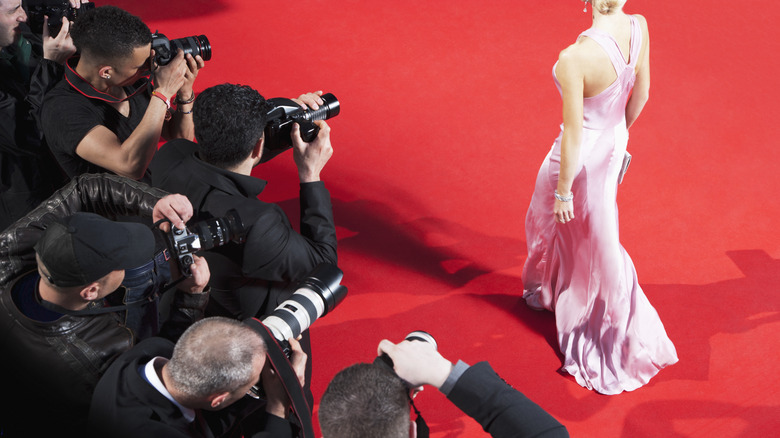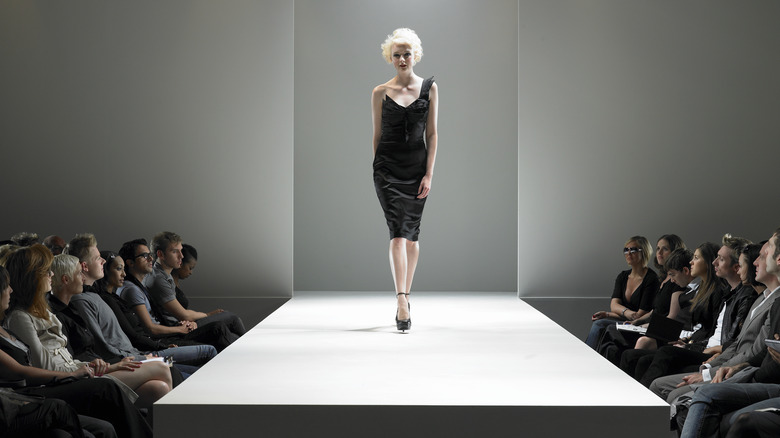Why Do Trends Return In A Circular Fashion, Anyway?
From denim jackets to high-waisted jeans, crop tops to scrunchies, and platform shoes to small bum bags, fashion trends we thought we would never see again have come back with a vengeance in the blink of an eye. To prove the point, several style trends of the '80s are still just as cool today. So, why do trends that we gladly bid goodbye to return as our ensembles' latest dernier cri staples? And why do they return in a circular fashion so quickly?
Well, fashion has always gone through cycles, albeit the cycle used to be much longer than it is today. Fashion follows — or rather used to follow — the golden 20-year rule. Two decades is long enough for a trend to rise in fashion, gain avid followers who swear by it, and then gradually drift to a "hate it" stage before disappearing into oblivion, only to rise again with a modern twist.
However, courtesy of social media, influencers, and innovative technologies, the fashion cycle has been drastically condensed. We see trends rising in popularity, falling out of favor, and reappearing on runways within the same decade. So, why does this happen? What causes fashion designers to flock to ideas of the past and introduce them with a twist?
Fashion's déjà vu: Why we recycle styles
Fashion trends are cyclic for several reasons, perhaps the most critical is nestled in nostalgia and retro revival. Using people's fondness for the past, designers draw inspiration from previous decades, resurfacing older trends and revamping them. Of course, designers always seek new ways to stand out, but since almost all ideas have been explored to some extent, bringing a completely innovative, original trend isn't easy to achieve. So, they look for inspiration in previously adorned fashion trends and bring them to the forefront of the current fashion landscape, re-adapted and re-invented.
Cultural and historical influences are also behind recurring patterns in fashion. Social movements influence trends, and certain fashion styles indicate historical epochs. For instance, the Bohemian style embodies rebellious and free-spirited attitudes. As designers delve into the enduring impact of that era, they skillfully revive the style with a renewed perspective.
The fashion industry is driven by economic and market forces. Market demands shaped by consumers' purchasing power alter the fashion landscape and determine how long a new trend will stay current. As preferences change and evolve, designers must keep up with the shifting landscape to captivate consumers. The cyclical nature of taste ensures that fashion trends experience periods of rise and decline, and, with originality difficult to achieve, we see styles of the past gaining new attention and fresh appreciation. As such, the fashion cycle undergoes these stages: introduction, rise, peak, decline, and obsolescence.
The fashion lifecycle
The fashion trend cycle begins with the introduction, where designers unveil their latest creations. As new styles, designs, textures, patterns, and colors hit the runway, critics notice, and fashion magazines follow suit, setting the tone for the rest of the cycle. This stage creates a buzz and builds momentum for the trend, leading to the next stage: the rise. As the trend gains popularity, it attracts niche clientele. Media strategists ensure that influencers, movie stars, and pop-culture icons embrace and adopt the new trend. Whether paid to do so or they genuinely love the trend (and flaunt it on the red carpet and the Met Gala), celebrities ensure the latest style moves from novelty to mainstream must-have. The peak stage begins as the new style becomes part of the cultural zeitgeist.
This stage marks the trend's widespread recognition, as retailers make it easily accessible to consumers. Steadily, the new style has become part of the mainstream fashion landscape. However, with increased availability comes market saturation, robbing the trend of its previous exclusivity and causing influencers to lose interest. The decline is imminent, and designers stop releasing new iterations of the trend and move on to the next.
At this point, consumers are ready for what's next. Enter the last stage: the obsolescence, in which the trend has gone out of fashion. Famous brand names and fashion designers are already plotting their next fashion trend extravaganza, looking to the past for the trends of the future.


